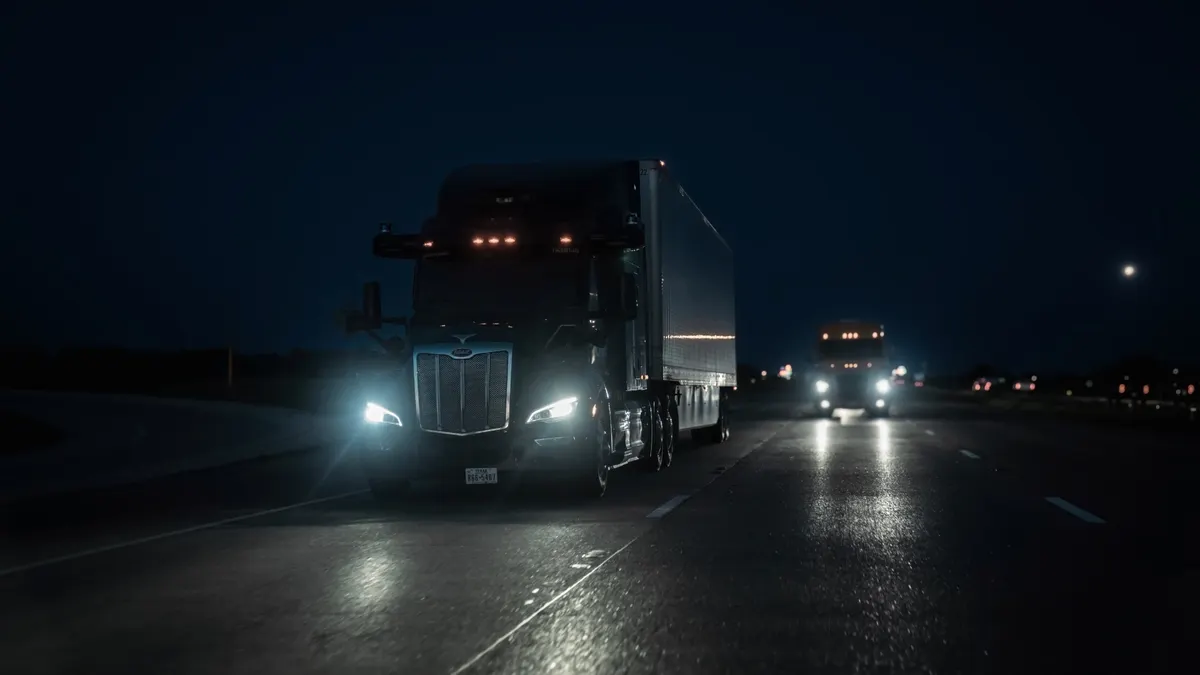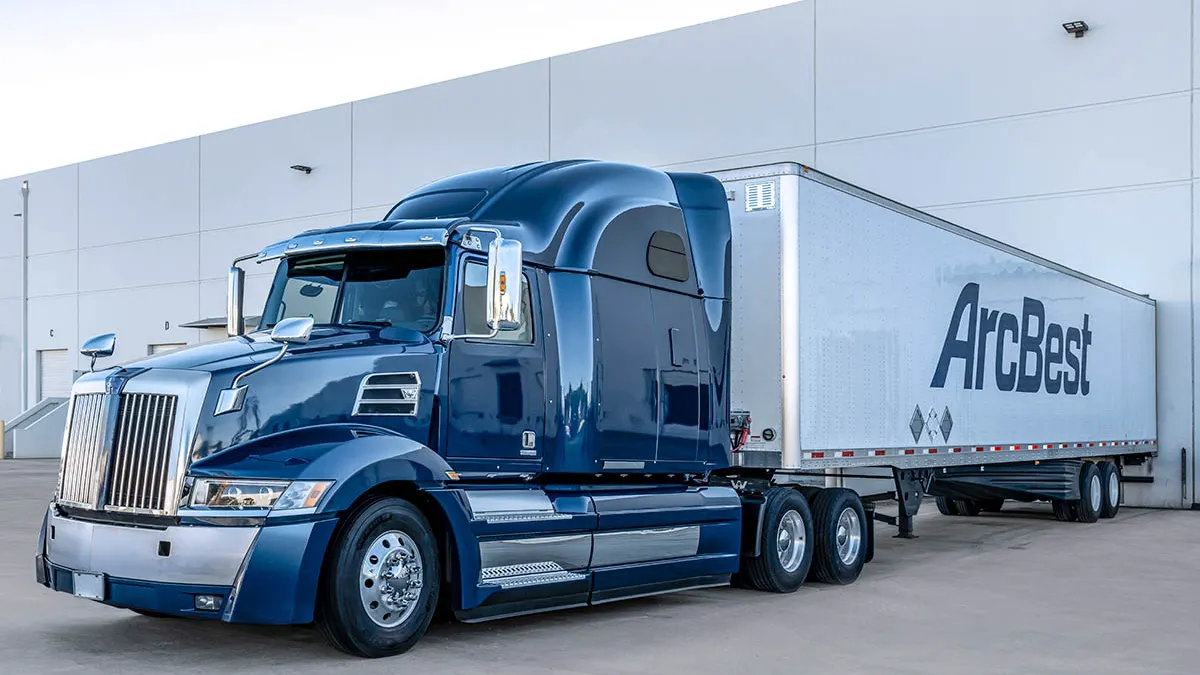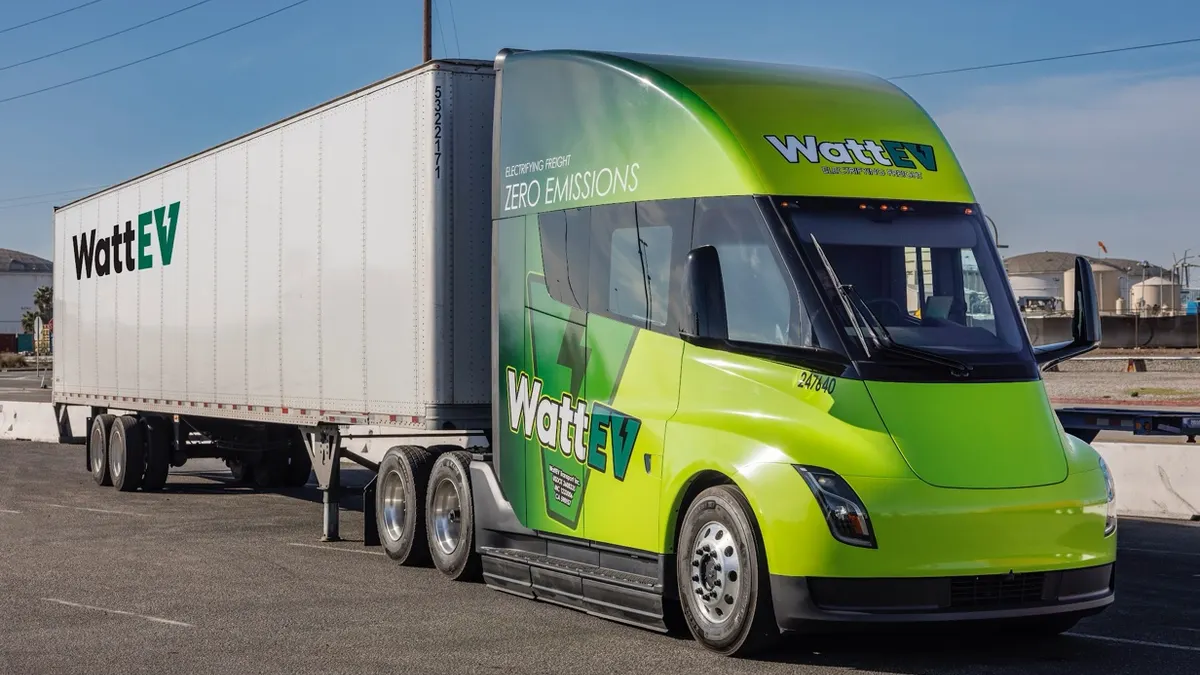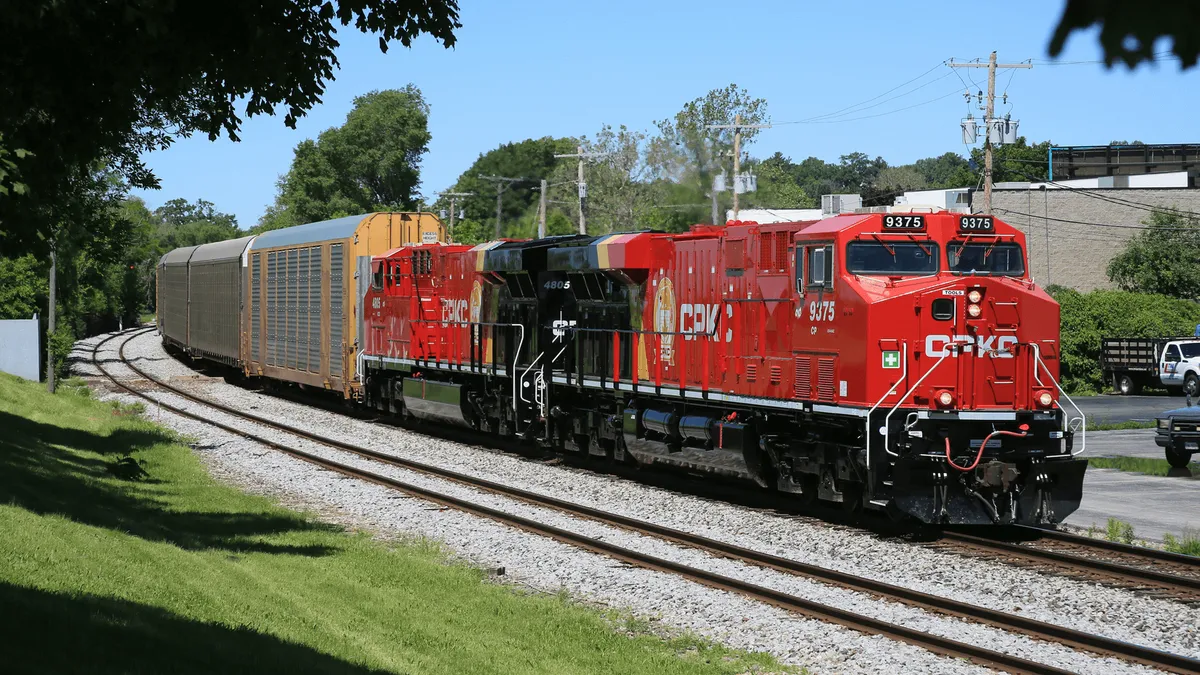This is a contributed op-ed written by Fred Duiven, a director in PwC's transportation practice. Opinions are the author's own.
A plastic bag flies out the window on a highway. To the human driver, it's just trash. To an autonomous vehicle, it could lead to a challenging interpretation of reality.
Is it an object or animal? Are the lane markers distorted? How should the vehicle proceed?
The trucking industry is moving toward embracing fully autonomous vehicles, and the advantages are plentiful: added cost savings, safety, flexibility and efficiency. But we're not there yet.
In the meantime, expect to see semi-autonomous vehicles become increasingly valuable as an interim step.
Roadblocks to full autonomy
If a truck is driving on the relatively flat, open roads of rural Texas, full autonomy presents very little danger and a conservative test case.
But if a fully autonomous truck is driving on the I-95 beltways in the Northeast corridor, I'd feel significantly less confident. Curveballs like traffic, snow and rain still test my confidence in this emerging technology.
Public perception remains a huge issue to adoption of AVs across the country. Despite successful experiments with AVs, high profile incidents — many of them fatal — have been widely publicized. The presence of trucks on roadways is already an intimidating factor for some, regardless of who is (or isn't) driving. As a result, there is a long road to earn trust and change public opinion.
Semi-autonomous trucks can provide a happy medium: allowing the technology to mature while having a human in the cab to reduce risks.

The short-term path forward for the industry is to work toward semi-autonomous vehicles, and the data exists to support it.
PwC's Industrial Mobility report in 2019 found that 9% of U.S. manufacturers are already using semi-autonomous trucks, and about 11% plan to do so in the next three years. In contrast, 65% of manufacturers believe it will take at least 10 years for autonomous trucks to be mainstream (reaching a 30% adoption rate).
Semi-autonomous trucks can provide a happy medium: allowing the technology to mature while having a human in the cab to reduce risks. Even an autonomous trailing truck paired with a lead fits into a semi-autonomous use case.
Semi-autonomy is already showing value and potential, as having active braking assistance, adaptive cruising and cameras to check drivers' eyes for signs of sleepiness are important innovations.
If the industry continues this trajectory, adopting a semi-autonomous framework will provide safety while allowing time to refine fully autonomous technology.
Stepping toward labor, emissions solutions
Companies are facing tremendous pressure to look inward at their environmental practices and make changes across their businesses. We all see the emissions impact of a truck barreling past us on an interstate and the plume of smoke coming from the exhaust pipe.
Semi-autonomous technologies can leverage artificial intelligence and machine learning to reduce fuel burn through alternative routes and slower speeds. It can also override driver behavior in real time, coaching drivers how to drive more efficiently.
Unfortunately, there are tradeoffs, like drivers taking more time to reach their destinations. But in the long run, their carbon footprints will decrease while they save their employers money.
And this shift goes beyond the bottom line. Investing in these areas has the ability to boost morale and build trust with employees, investors and even the general public.
Another shift the technology can help: recruitment. Have you noticed that today's military ads are less focused on military operations, and now emphasize digital training and opportunities? Technology adoption is a boon for recruitment across industries, and the trucking industry should look at similar techniques to recruit new members.
The short-term path forward for the industry is to work toward semi-autonomous vehicles, and the data exists to support it.

With the adoption of various technologies and semi-autonomous capabilities, the trucking lifestyle should become less intensive, more flexible and more attractive to a broader range of individuals, too.
That is the opportunity for semi-autonomous: leveraging autonomous technology to improve the overall driver experience until fully autonomy is possible.
Level 3 autonomous trucks, which are being piloted but not currently integrated into daily operations, are projected to self-drive in ideal conditions with a driver behind the wheel. A combination of self-driving windows and increased autonomy should be leveraged to extend HOS, improving productivity for the driver and pay.
More importantly, semi-autonomous capabilities could make driving less stressful and reduce barriers of entry like CDL training and in-cab training/ride-alongs.
Looking at the possibilities, the trucking profession can gain a refreshed reputation for being an attractive steady job that gives workers flexibility — perhaps attracting more gig workers in the process.
While fully autonomous vehicles may be a while off, semi-autonomous adoption is rapidly expanding. Companies that want to be prepared should start examining what semi-autonomous can do for their businesses.
To submit an opinion piece for publication on the Transport Dive website, please visit https://www.transportdive.com/opinion/submit-opinion/ and view our guidelines and submission form.



















